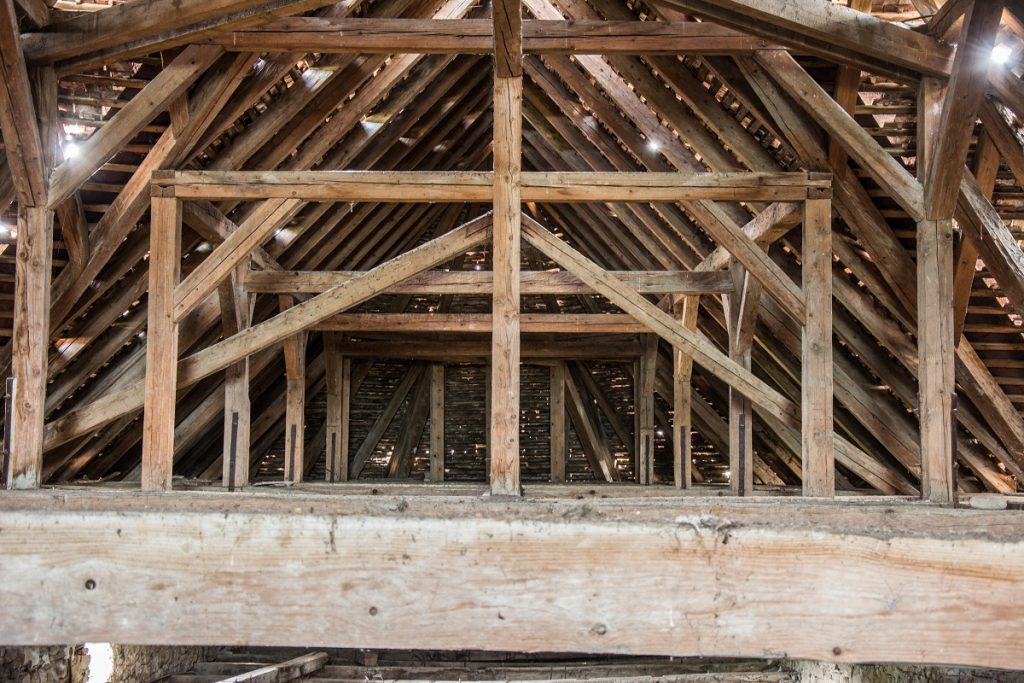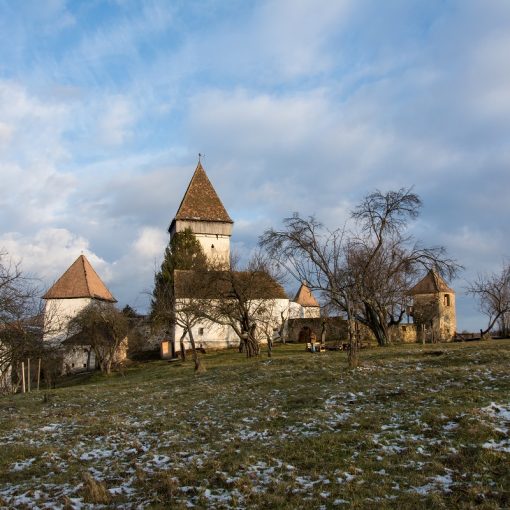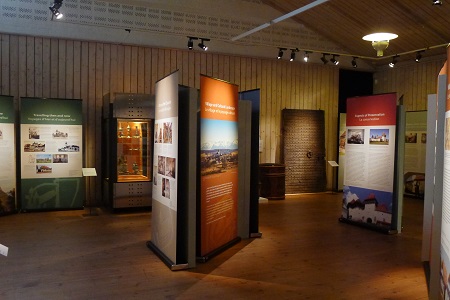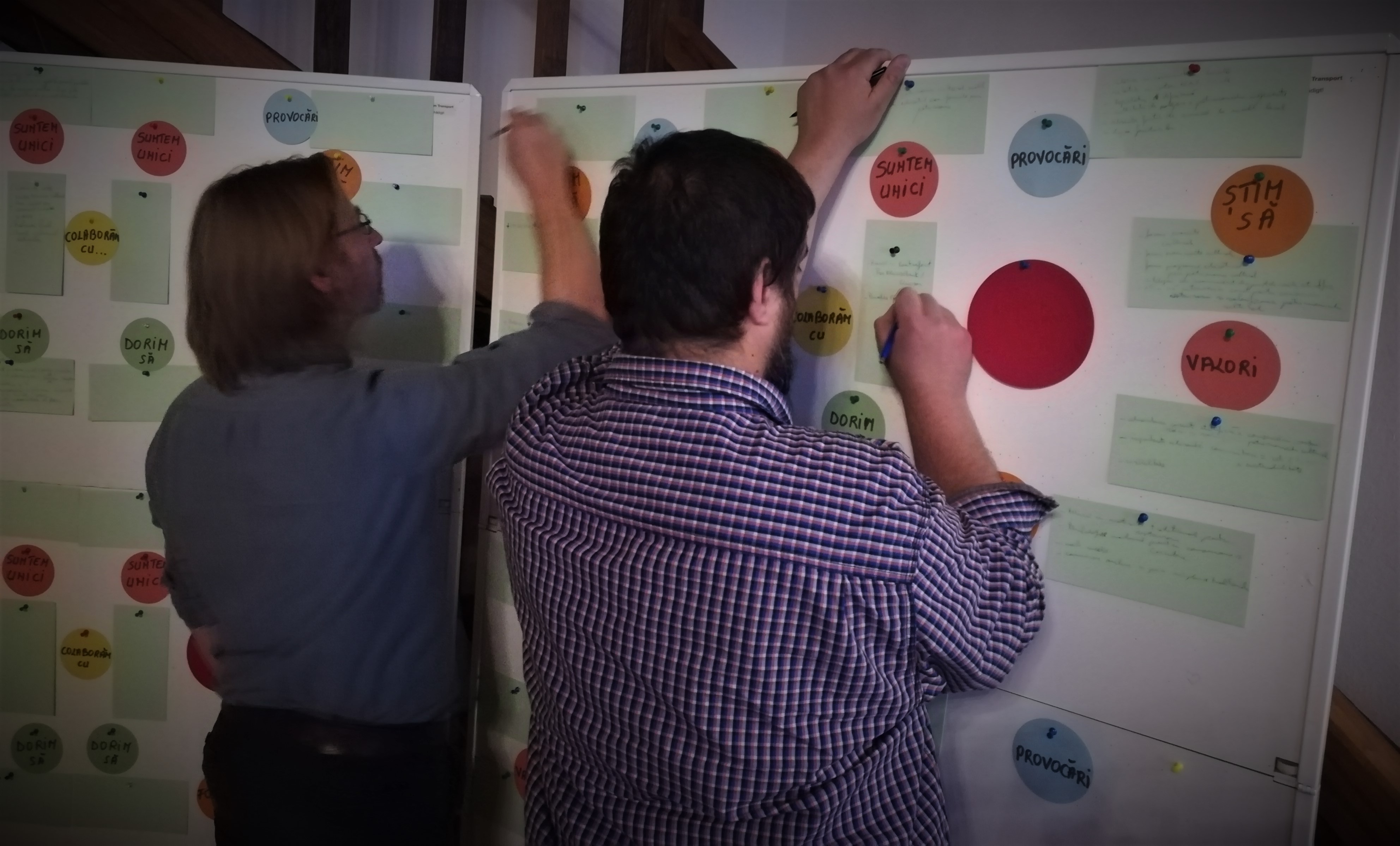It is well known that there are often magnificent treasures under the roofs of churches. But in addition to altars, baptismal fonts or wall paintings, Transylvania’s fortified churches often offer ancient and spectacular carpentry works. Experts from home and abroad are now researching these medieval masterpieces.

Robin Gullbrandsson, the commissioner for building and antiquities at the Västergötlands Museum in Skara (Sweden) is well known to many friends of the fortified churches. For more than ten years, he has been working scientifically on medieval roof constructions on churches. This year, Gullbrandsson’s Degree of Licentiate of Philosophy in Conservation on Swedish roof carpentry from the 12th and 13th centuries was published under the title “Hidden Carpentry. Investigations of Medieval Church Roofs in Västergötland and Northern Småland”.

On the trail of ancient secrets
The scientist is currently back in Transylvania, where he is conducting research for a planned publication by the Fortified Churches Foundation on roof structures in the fortified church landscape. “The oldest roof work on Transylvanian fortified churches known to me so far is in Malancrav and dates from the 14th century. But parts of the roof structure in the Sibiu city parish church could also be dated to 1339 in dendrochronological analyses,” Gullbrandsson explains. So far, no traces have been found that go back to the 13th or even 12th century, but the expert is confident: “I can well imagine that the Romanesque basilicas still hold one or two surprises. Dendrochronology is still a very young science in Transylvania and much has not yet been fundamentally researched.”
During his two-week research stay, Robin Gullbrandsson is taking trips to individual churches and plans to spend a lot of time in the archives. And the next Transylvania trip is already on the horizon: “If not this year, then next year at the latest,” the Swede says happily.
Text and Photos: Stefan Bichler




